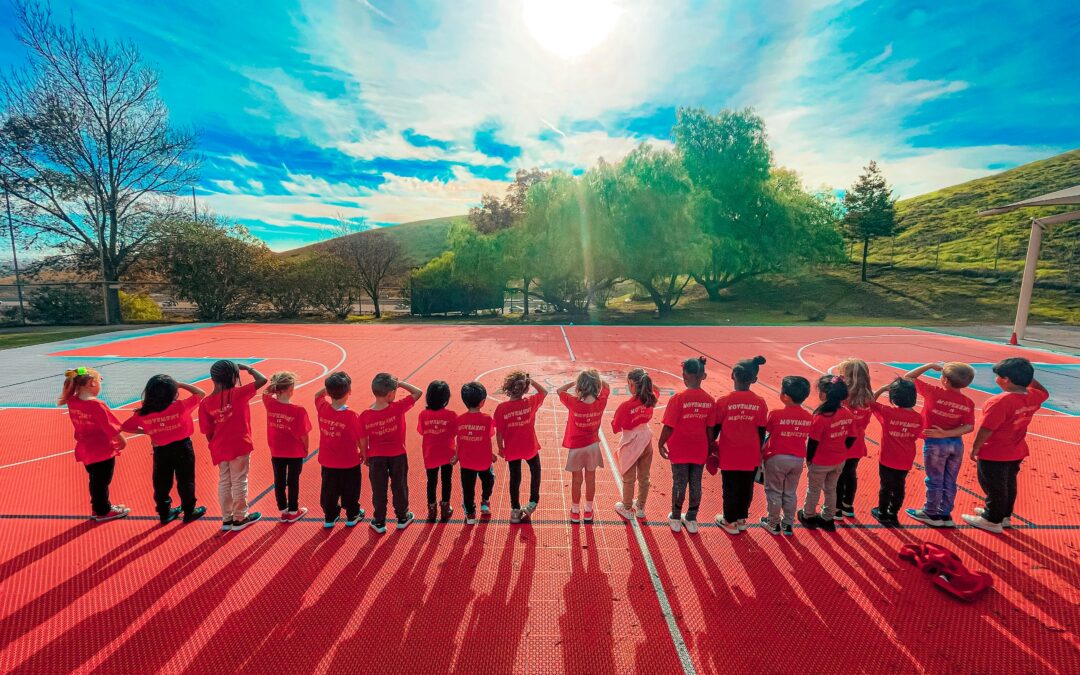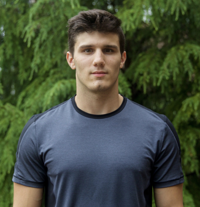It can feel daunting to put together a quality health education program in a Christian School. When you mix in athletics, state standards, different grades, ages, availability of space and equipment, teacher transitions, and large class sizes, it can get complicated very quickly. So, as Christian educators, how can we put together a quality program that benefits students for years to come? We must begin with the end in mind.
So what is the primary purpose of a health education program? What is the end goal? Is it to teach kids how to throw a ball or play sports? Is it to help them get some exercise throughout the week? Is it to teach them facts about their body? Maybe a combination of all three?
I believe the primary purpose of a health education program is to equip a student for a life of healthy living after they graduate. It’s to help them build a foundation of habits and ways of thinking about health that transfer into every season of life, and to do it all from a Biblical worldview.
While practicing sports, exercising, and learning about the body are all key components of PE and health classes, we must go much deeper with students. Oftentimes our programs become centralized around the classroom and students never take what they learn and apply it into their lives. We must teach them the frameworks, skills, and ways of thinking so health can be practical for them to live out in a real way. Let’s talk through two simple frameworks that can help simplify your program.
Keep it simple
We don’t have an information problem in America, we have an application problem. Google “how to be healthy” and you’ll find 9.6 billion results. An average health or physical education textbook can be 300+ pages. Sometimes the more information we give students, the less they apply it.
We break down health education into four simple pillars. These pillars are the 4 areas of health they need to focus on in every season of life. As long as they have a simple routine in these areas they will have a great chance of thriving in every season.
Functional Fitness: Help students learn how to create a simple routine for how to move consistently. Encourage students to get outside as much as possible. Encourage them to play sports, exercise consistently, play games, explore, etc. Our bodies are made to move and the more we partner with that design, the better we will feel.
Optimal Nourishment: Help students learn how to fuel our bodies with the right nutrients. Help them understand the foundational principles of nutrition. Teach them how to live in a balance where they have healthy sources of proteins, fats, carbohydrates, and fruits/veggies with every meal, but where they can also enjoy “treats” from time to time too!
Rest and Recovery: Students learn how to create preventative and restorative routines for managing stress and replenishing the mind and body. This is about being at peace. Help them learn about sleep, rest, stress management, stretching, and other things they can do to help them be their best for the long run.
Multiplied Maintenance: Show students how to sustain the first three pillars both personally and in community with others. Teach them how to set correct goals, surround themselves with quality people, fit health practically into their lifestyle, and limit social media.
All the information we teach fits into these four pillars so that, in the mind of a student, healthy living remains simple as life becomes complicated. Students will be able to apply a routine of these four pillars in any stage of life they face.
Application
We must help our students understand that our health should serve us and enable us to serve others better, not the other way around. We must help them set goals in their health that directly empower them to do the things they love and empower them to serve others better and have the energy and confidence to do all they aspire to do. They must know why health matters in their lives. Students are much more likely to stay engaged if they know how it will benefit them.
Help your kids evaluate their passions and ask the question, “What does my health need to look like to be able to do_____?” Then, help them to formulate steps they can take to accomplish this.
Challenge them to practice what they are learning in the real world, outside of the “class” setting. Give them practical weekly challenges that go along with the four pillars so they can practice having real routines in each of those areas. If they can apply these habits while under your care, they will be much more likely to continue after they graduate.
These two frameworks should help you gain greater clarity on how you can have a program that will impact students for years to come.
We have also partnered with Curriculum Trak to bring you some amazing curriculum maps that align with these principles. Get a preview of the resources and a free health devotional guide HERE.
Photo by Philip White on Unsplash




